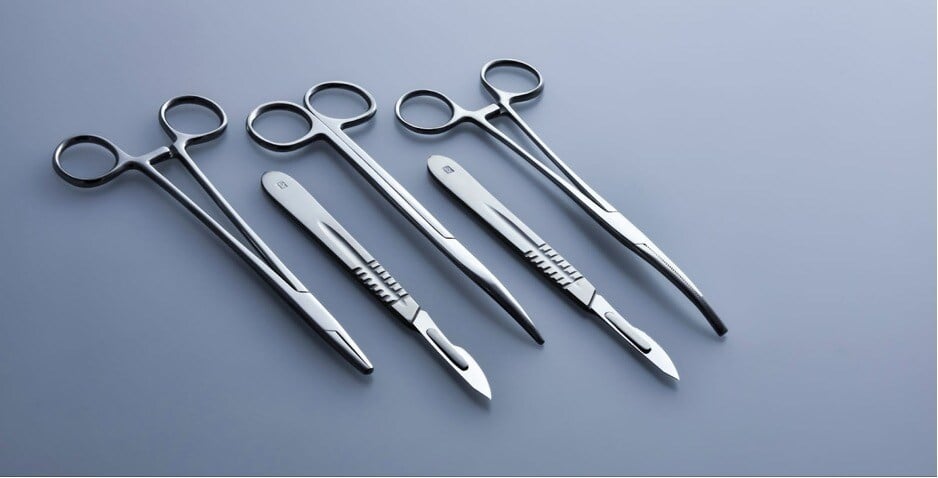In the fast-paced environment of an operating room, accurate surgical instrument identification is essential for patient safety and procedural efficiency. As healthcare facilities face increasing pressure to reduce errors and improve outcomes, implementing robust systems for tracking and identifying surgical instruments in sterile processing departments has never been more critical.
Why Surgical Instrument Identification Matters
Proper surgical instrument identification serves multiple crucial purposes:
- Prevents retained surgical items (RSIs)
- Streamlines procedures
- Reduces replacement costs
- Enhances infection control
- Improves regulatory compliance
- Promotes patient safety
Implementing an Effective System
For facilities looking to implement or upgrade their surgical tool identification processes, consider these essential steps:
- Conduct a comprehensive inventory assessment
- Select technology that meets your specific needs
- Develop standardized protocols and staff training|
- Integrate with existing systems
- Establish regular auditing procedures
Best Practices for Surgical Instrument Identification
Regardless of the system you choose, follow these industry best practices:
- Standardize naming conventions across all departments
- Implement regular training for all staff
- Establish clear responsibility chains for instrument tracking
- Conduct periodic audits to ensure compliance
- Keep detailed records of instrument lifecycle events

ROI of Advanced Surgical Instrument Identification
Implementing a comprehensive identification solution delivers measurable returns:
- Reduced instrument replacement costs
- Decreased procedure delays
- Minimized risk of costly RSI events
- Enhanced staff efficiency
CensiMark: Setting the Industry Standard
When evaluating surgical tool identification solutions, CensiMark stands out as an industry leader. This advanced marking solution offers identification designed to withstand extensive sterilization methods throughout its lifecycle.
The CensiMark system offers:
- Compatibility with all sterilization methods
- High-contrast markings for easy visual identification
- Integration with tracking software systems
- Compliance with industry regulations
- Custom marking solutions for specialized instruments
Looking Ahead: The Future of Identification
The future promises even more advanced solutions, including AI-powered visual recognition systems, integration with robotic surgical platforms, and predictive maintenance algorithms.
Conclusion
Effective surgical instrument identification represents a critical component of safe, efficient surgical care. By implementing advanced solutions like CensiMark, healthcare facilities can significantly reduce risks while improving operational efficiency.
For more information on how to transform your surgical instrument tracking and identification processes, visit Censis Technologies today.
FAQs about Sterile Processing Departments
What is surgical instrument identification?
Surgical instrument identification is the process of marking, labeling, and tracking tools used in operating rooms through standardized naming conventions and technologies that range from manual systems to advanced permanent markings designed to withstand sterilization cycles.
Why is surgical instrument identification important?
SPDs employ technicians with specialized training in instrument processing, department supervisors, educators, and managers. Many technicians hold certifications from professional organizations like HSPA. The department may also include instrument coordinators and quality assurance specialists.
How do hospitals track surgical instruments?
SPDs employ technicians with specialized training in instrument processing, department supervisors, educators, and managers. Many technicians hold certifications from professional organizations like HSPA. The department may also include instrument coordinators and quality assurance specialists.


